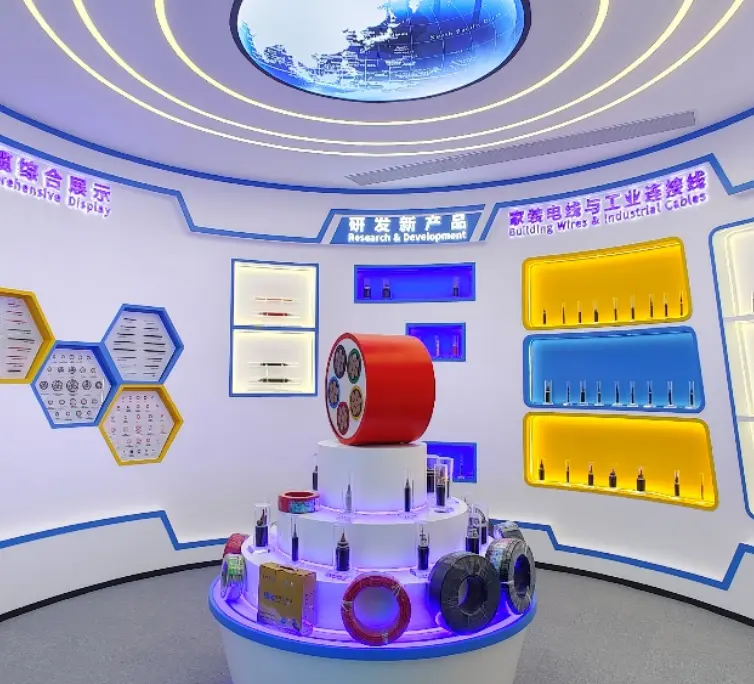Are Cross-linked Polyethylene Cables and Common Power Wires the Same?
The cross-linked polyethylene cable and the non-crosslinked polyethylene cable have many differences. The cross-linked polyethylene cable has good thermo-mechanical properties, excellent electrical properties and chemical resistant property. It has other advantages as well, such as simple structure, light weight and less limit to lay, which is extensively used as a new type of cable in urban power grid, mines and factories.
1. Difference in heat resistance
The non-crosslinked PVC is able to tolerate a temprature of 70℃, while the cross-linked polyethylene cable can bear more than 100℃.
2. Difference in scope of application
When it burns, the non-crosslinked polyethylene cable will release toxic smoke. When you need to keep a low level of toxicity during the process of fire prevention, you can't use PVC. The cross-linked polyethylene cable is applied to power grid, industrial unit or other large-capacity units, which is used to lay curcuits of AC 50Hz and rated voltage of 6kV ~ 35kV, mainly funtioning to transmit electric energy.
3. Differences in material
The cross-linked polyethylene is a kind of polyethylene which is converted from linear molecular structure into three-dimensional network structure by chemical or physical means. To a great extent, it improves the thermo-mechanical properties of polyethylene and maintains its excellent electrical properties.
The rated working temperature of the cross-linked polyethylene cable can reach 90℃, which is higher than the rated working temperature of the paper-insulated cable, the PVC-insulated cable and the polyolefin-insulated cable, thus the carrying capacity of the cable is further improved.
Latest News & Blog
 English
English  français
français  Deutsch
Deutsch  العربية
العربية  tiếng việt
tiếng việt  ไทย
ไทย  čeština
čeština  Indonesia
Indonesia  Eesti
Eesti  български
български  slovenčina
slovenčina 



